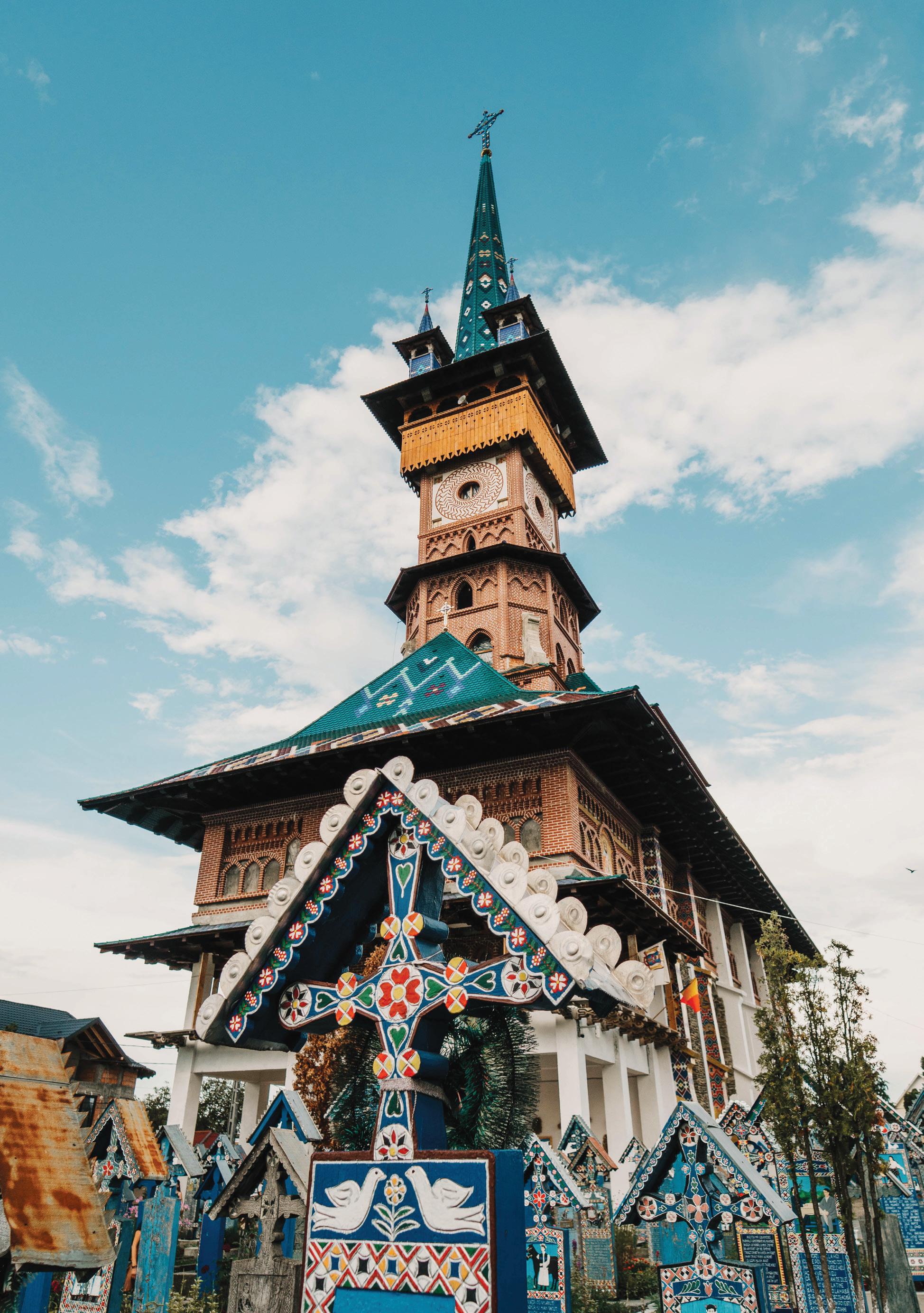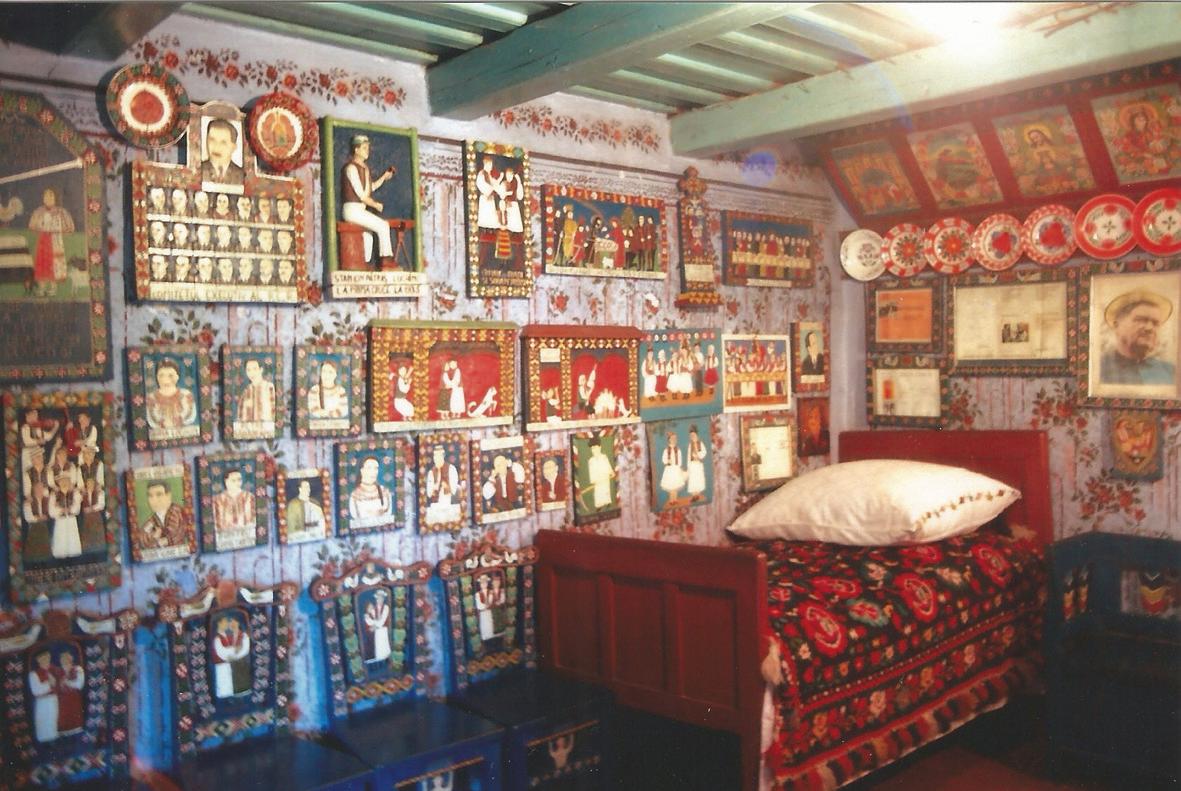
2 minute read
Abandoned Goldmine . From Abroad: The Merry Cemetery: A Unique Resting Place
The Merry Cemetery
A Unique Resting Place
Advertisement
Written and photographed by Melline Galani
Many people think of cemeteries as gloomy places of mourning, and I agree with them, especially since I used to often go to places like those back home. But, in the small village of Săpânța in northern Romania (Maramureș County), there is a quite unusual cemetery. Rather than a colorless, sad site, this cemetery seems bright and lively, as most of the burial places are decorated with naïve paintings describing, in an original and poetic manner, the people laid to rest there as well as scenes from their lives.
Legend has it that the cheerful attitude toward death is a custom of the Dacians (Romanians’ ancestors), who believed in eternal life – for them, death was just the transition to another world. They did not see death as a tragic end but as a chance to meet the supreme god Zamolxe (or as a passing to a better life). Therefore, celebrating the lives of the deceased is part of the Romanian tradition, hence the original idea of creating something as unique and colorful as the Merry Cemetery.
Stan Ioan Pătraş (a Săpânța villager) founded the Merry Cemetery (Cimitirul Vesel in Romanian) in the 1930s. He began creating colorful, crossshaped tombstones and writing epitaphs in 1935 for the village people who had passed away. Now, the cemetery contains over 800 similar grave markers.
Each tombstone is painted with a signature blue-colored base, and then detailed with brightly colored lines and patterns. The epitaphs are silly, but the meaningful lyrical poems describe something significant about the people’s lives. The poems are not irreverent and do not mock the grave or its tenant, but some of them do seem somehow indiscreet, telling witty stories of infidelities, indiscretions, and a fondness for alcohol.

▲ Stan Ioan Pătraş Memorial House The Merry Cemetery

Here is an English translation of the Romanian inscription on one:
Under this heavy cross Lies my poor mother-in-law Three more days should she have lived I would lie, and she would read (this cross). You, who here are passing by Not to wake her up please try For if she comes back home She’ll bite my head off But I will surely behave So, she’ll not return from the grave. Stay here, my dear mother-in-law!
Pătraş died in 1977, having carved his own cross and left his house and business to his most talented apprentice, Dumitru Pop. Pop has since spent the last three decades continuing the work and has also turned the house into the Merry Cemetery’s workshop-museum. The wood used to carve the crosses is exclusively oak. After cutting, it is processed and left to dry for 4–5 years. After the oak wood takes the form of the cross, the color known as Săpânța blue is applied, and later the elements of decoration, rhymes, scenes from the deceased’s life, and the reasons for death are added. Other predominant colors are red, yellow, green, and black – colors that perfectly integrate into the symbolism of Maramureș: red for passion; yellow for fertility; green for life; black for death. All the work is done exclusively by hand. A cross could cost $400 – $600, depending on the complexity of the work.










